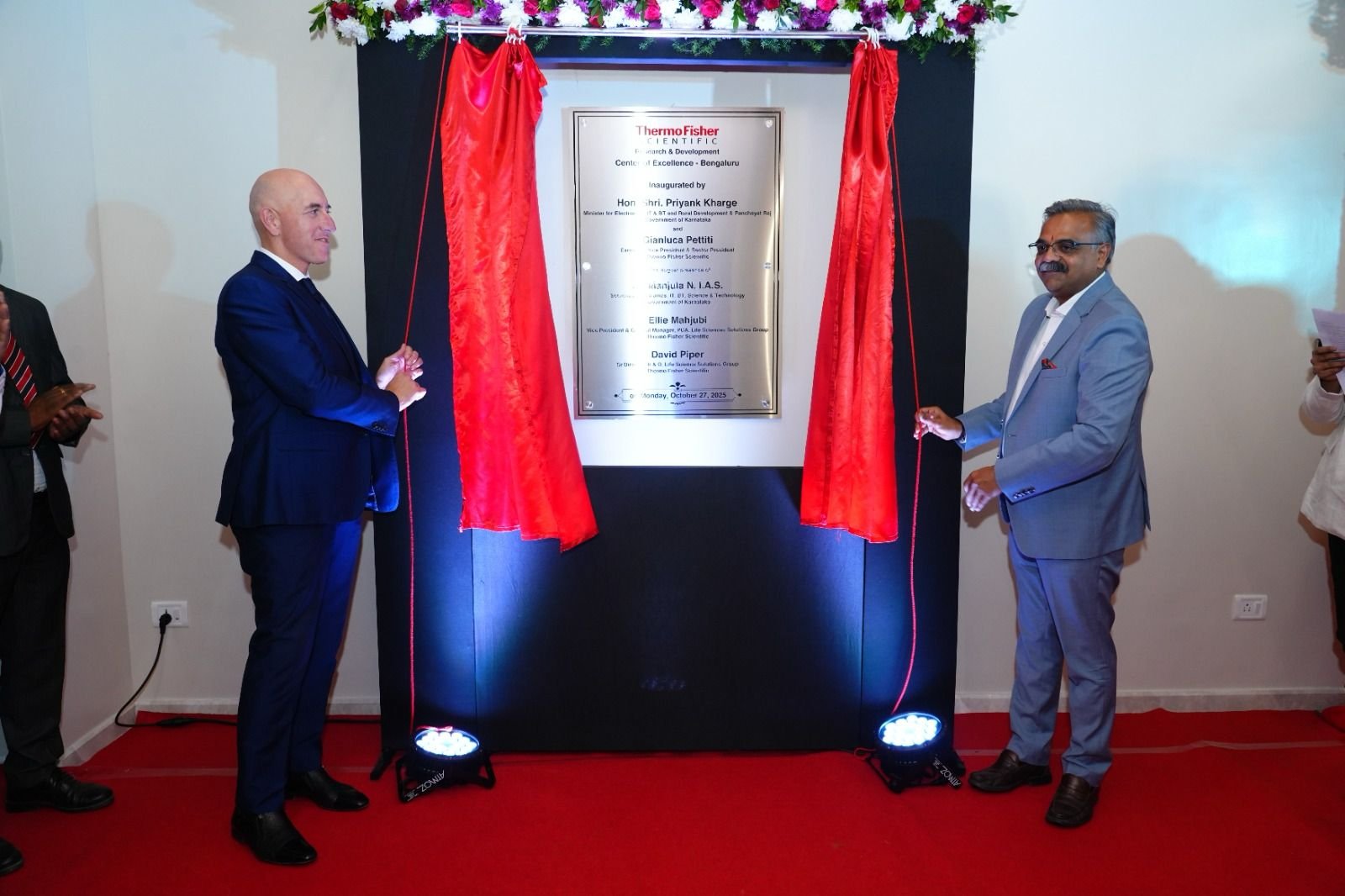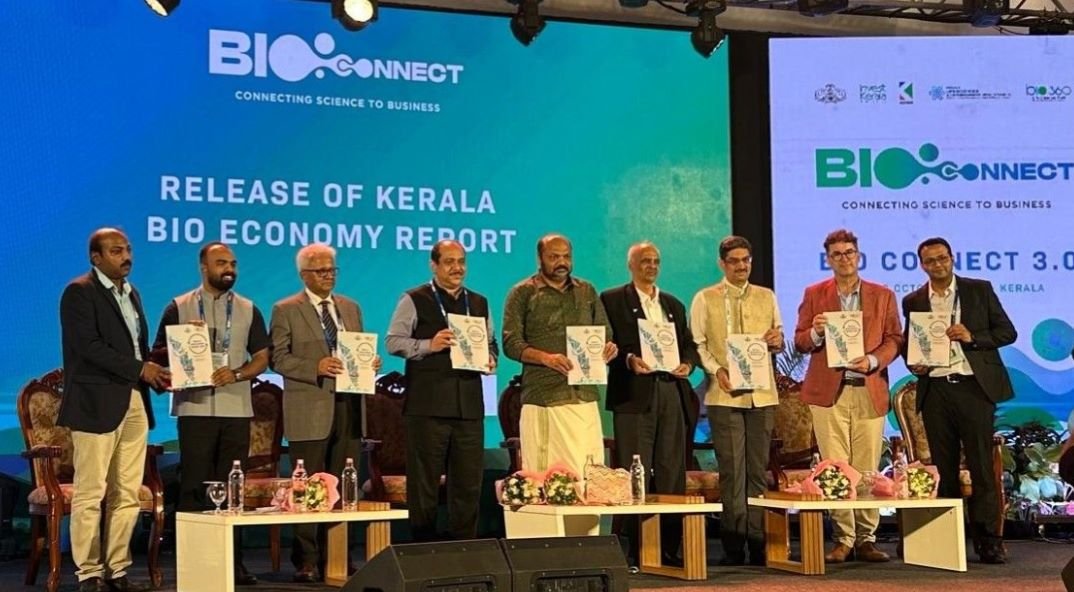How Can Labs Reduce Their Energy Consumption?
July 31, 2025 | Thursday | Views | By Atul Bhardwaj, Business Head, Lighthouse Canton Real Estate
Research labs can concentrate on innovation by collaborating with infrastructure providers, leaving waste, water, and energy management to professionals.
India’s advancements in life sciences R&D are making a mark on the global stage, positioning the nation as a hub for innovation, drug discovery, and biotech development. At the heart of this transformation are cutting-edge research laboratories, indispensable engines of innovation that drive breakthroughs in the life sciences and beyond. These facilities, distinct from manufacturing plants, focus on developing new processes and products in controlled, small-scale environments.
Yet these vital hubs often rank among the most resource-intensive buildings, consuming 3 to 6 times more energy per square meter than standard office spaces. As India’s demand for advanced research infrastructure grows, companies are leading the charge to design sustainable laboratories that reduce environmental impact while maintaining high performance and innovation standards through energy-efficient systems, smart resource management, and eco-conscious designs.
Environmental toll of traditional research facilities
India’s research laboratories, adhering to Good Laboratory Practices (GLP) to ensure reliability and integrity, require significant energy and resources to maintain stringent environmental controls for experiments. Unlike manufacturing facilities, these labs typically operate intermittently, focusing instead on innovation and process development.
Studies show that HVAC systems account for up to two-thirds of energy consumption in such facilities due to strict air quality requirements. Additionally, water usage for cooling and cleaning generates substantial wastewater, while biological waste demands careful processing to prevent environmental harm.
Although India’s energy mix includes significant renewable sources like hydroelectric power, the high energy intensity of labs underscores the need for sustainable infrastructure. The Energy Conservation Building Code (ECBC), adopted by 23 of 28 states, including major life sciences hubs like Telangana and Maharashtra, promotes energy efficiency, but further advancements in lab design are needed to balance operational demands with environmental responsibility. Neovantage, as an infrastructure provider, plays a critical role in addressing these challenges by offering facilities that integrate sustainable systems, relieving labs of building management burdens.
Transition to green laboratories and research spaces
The transition to sustainable laboratories in India, supported by the National Action Plan on Climate Change, is accelerating through innovative infrastructure designs. These labs prioritise energy efficiency and resource conservation, leveraging renewable sources like solar power and closed-loop waste systems to minimise environmental impact. For instance, advanced HVAC systems and smart water recycling reduce energy and water consumption, while eco-conscious building materials enhance sustainability.
Economically, these facilities lower operational costs and offer a strong return on investment, with payback periods as short as 3-5 years, while enhancing asset value. With current technology, labs can reduce energy consumption by 30 to 50 per cent, demonstrating a substantial potential for efficiency improvements. Scientifically, they boost researcher productivity and well-being through improved indoor environments, fostering innovation and educating future scientists in sustainability. By leasing facilities from providers, labs can focus on research while infrastructure experts manage energy, water, and waste systems, ensuring environmental, financial, and scientific progress.
Towards a brighter horizon through sustainable implementation
Implementing sustainability in research facilities presents several challenges, including high initial costs for eco-friendly infrastructure, the significant energy and resource demands of research equipment, and resistance from stakeholders unfamiliar with sustainable practices.
Looking ahead, advancements such as AI-powered energy management, sustainable materials, and strong government policies will drive further progress. AI can optimise energy consumption using predictive analytics, while incentives like LEED certifications encourage sustainable development. Together, these efforts will enable research facilities to overcome sustainability challenges, reduce environmental impact, and work toward net-zero goals for a greener future.
Way forward
India stands at a pivotal moment where scientific progress and sustainability can converge. As the life sciences R&D sector aims for global leadership, Neovantage Innovation Park’s sustainable laboratory infrastructure, featuring innovative designs, ECBC compliance, and green certifications, reduces environmental impact while fostering cutting-edge discoveries. By partnering with infrastructure providers, research labs can focus on innovation, leaving energy, water, and waste management to experts.
Atul Bhardwaj, Business Head, Lighthouse Canton Real Estate









